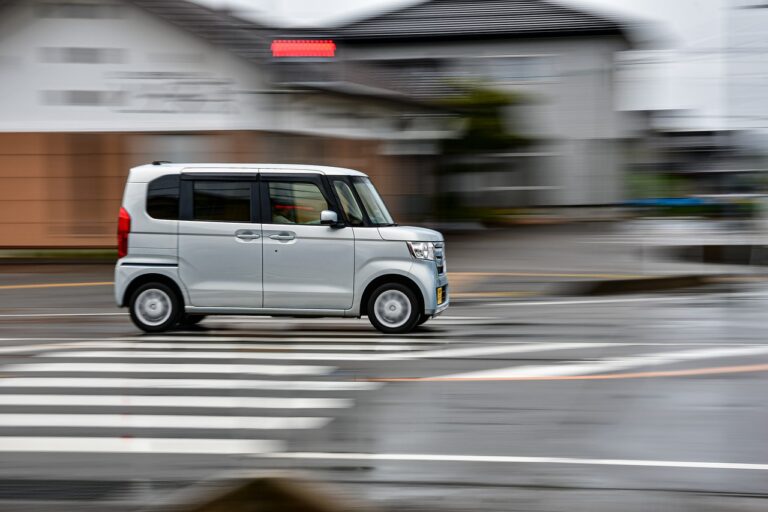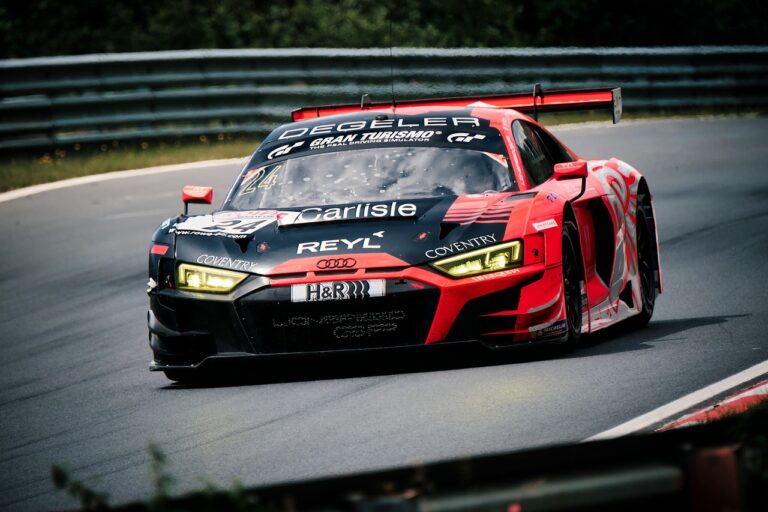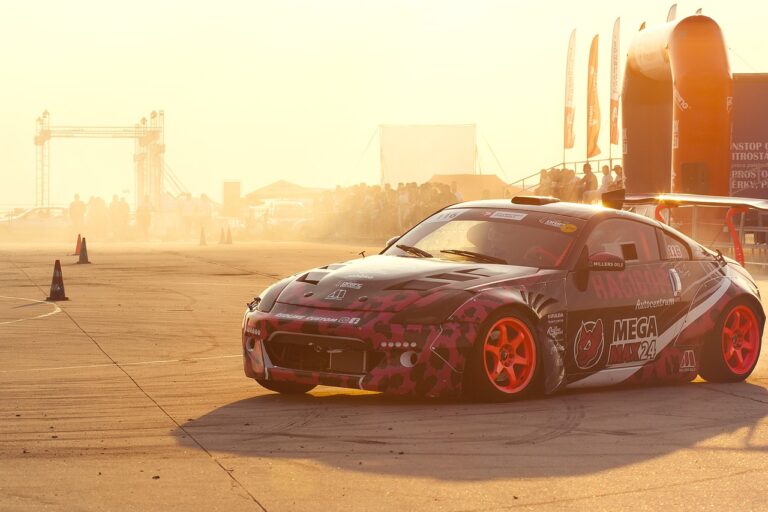Mercedes-Benz vs. BMW: A Battle of German Engineering
Mercedes-Benz traces its roots back to the late 19th century with the invention of the first petrol-powered car by Karl Benz in 1886. The company officially formed in 1926 when Benz & Cie. and Daimler Motoren Gesellschaft merged to create the brand we know today. BMW, on the other hand, was established in 1916 originally as an aircraft engine manufacturer before venturing into automobile production in the 1920s. The iconic BMW logo represents a spinning airplane propeller against a blue sky, paying homage to the brand’s aviation beginnings.
Mercedes-Benz was named after the daughter of one of the company’s early investors, Emil Jellinek, who suggested using her name for branding purposes.
BMW stands for Bayerische Motoren Werke AG, which translates to Bavarian Motor Works in English.
Both Mercedes-Benz and BMW have a rich history of innovation and engineering excellence that has solidified their reputation as two of the most prestigious automotive brands in the world.
Innovations in Technology by Mercedes-Benz and BMW
Mercedes-Benz and BMW have continually pushed the boundaries of technology in the automotive industry. BMW introduced the first fully digital instrument cluster in its vehicles, offering a seamless and customizable user experience. On the other hand, Mercedes-Benz pioneered the implementation of augmented reality navigation systems, providing real-time guidance right in the driver’s line of sight. These innovations have set new standards for in-car technology and elevated the overall driving experience for customers of both brands.
Additionally, BMW has made significant strides in autonomous driving technology with its advanced driver-assist systems. Mercedes-Benz, on the other hand, has focused on enhancing connectivity with its Mercedes me app, allowing drivers to remotely control various vehicle functions. Both automakers have consistently demonstrated their commitment to innovation, setting themselves apart as leaders in technological advancements within the automotive industry.
Design and Aesthetics of Mercedes-Benz and BMW Vehicles
When it comes to design, both Mercedes-Benz and BMW are renowned for their attention to detail and sleek aesthetics. Mercedes-Benz vehicles often exude a sense of luxury and sophistication, with elegant curves and a bold presence on the road. The iconic front grille and logo of Mercedes-Benz instantly symbolize a blend of performance and prestige, while the interior craftsmanship is known for its premium materials and refined finish.
On the other hand, BMW cars are typically recognized for their sporty and dynamic design language. The signature kidney grille at the front, coupled with sharp lines and a muscular stance, gives BMW vehicles a distinct and aggressive look. Inside, BMW interiors are crafted with a driver-centric approach, focusing on ergonomics and cutting-edge technology. The combination of sportiness and modernity is a key aspect of BMW’s design philosophy, appealing to enthusiasts who appreciate both performance and style.
What is the history and origins of Mercedes-Benz and BMW?
Mercedes-Benz was founded in 1926 and has a long history of producing luxury vehicles. BMW, on the other hand, was founded in 1916 and is known for its focus on performance and driving dynamics.
What are some innovations in technology introduced by Mercedes-Benz and BMW?
Mercedes-Benz has introduced technologies such as the airbag, ABS brakes, and advanced driver assistance systems. BMW has introduced innovations like the iDrive system, adaptive headlights, and efficient dynamics technology.
How would you describe the design and aesthetics of Mercedes-Benz vehicles?
Mercedes-Benz vehicles are known for their elegant and sophisticated design, with a focus on luxury and comfort. The iconic three-pointed star logo is a symbol of their commitment to quality and craftsmanship.
And what about the design and aesthetics of BMW vehicles?
BMW vehicles are known for their sporty and dynamic design, with a focus on performance and agility. The kidney grille and iconic round headlights are instantly recognizable features of BMW’s design language.





